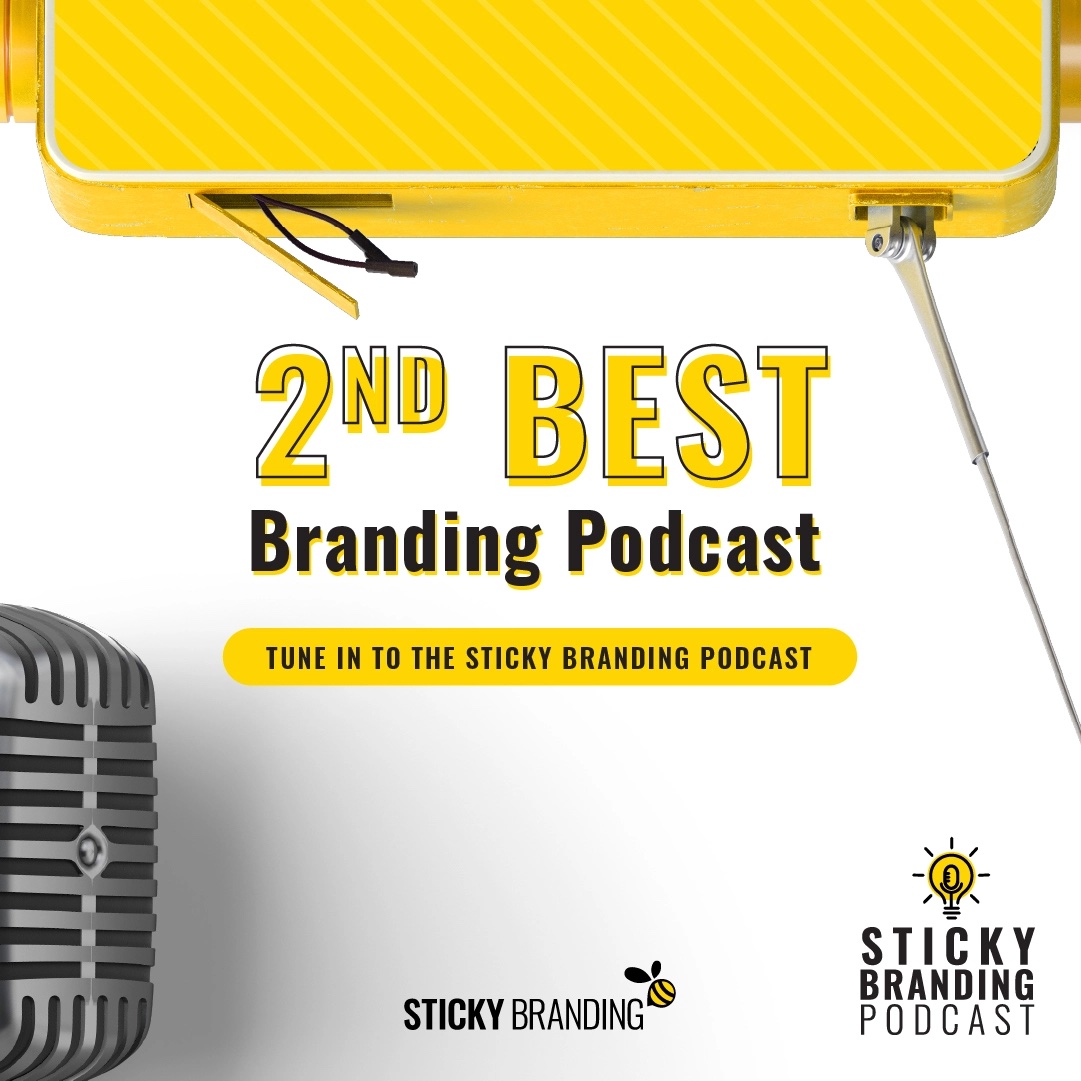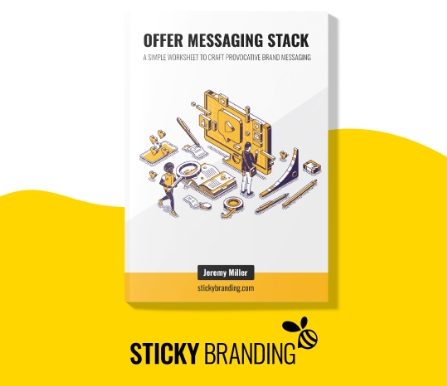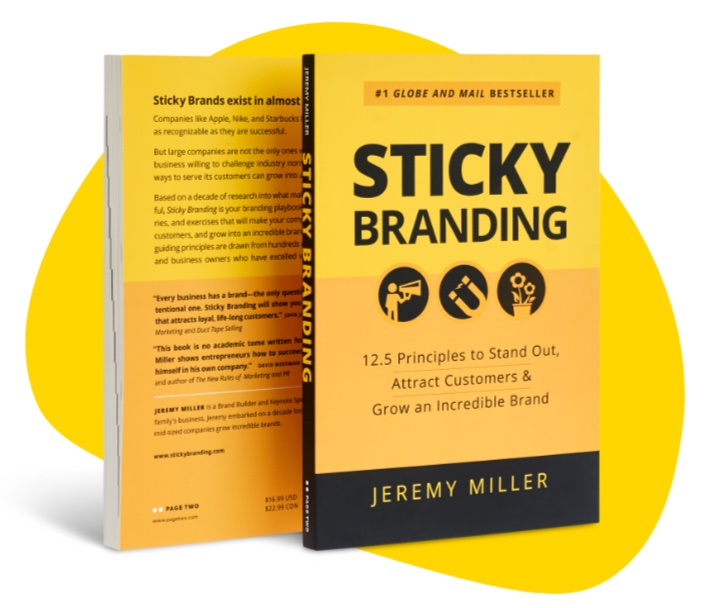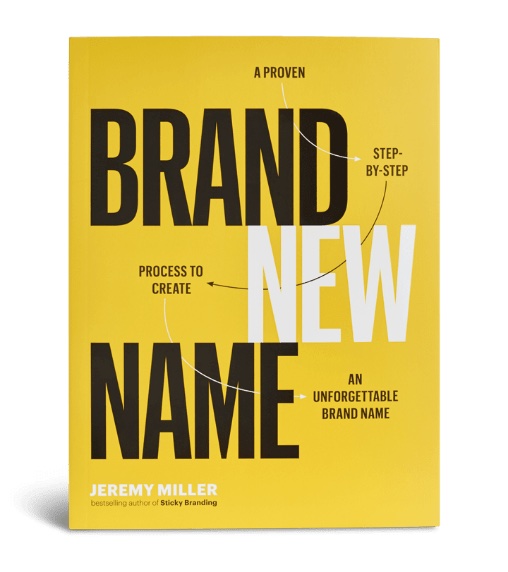For a small business to manage multiple brands is an expensive and often unrealistic proposition.
Ok, let me back up for a moment. I am starting at the end.
I am often called to advise rapidly growing small businesses on their brand strategies. The organizations are being pushed in many new and exciting directions: new markets, new customers, new products and services.
This is a natural course of business. Success leads to more success, and can open up exciting new opportunities. But this can also lead to a branding challenge.
Do you stretch the brand with a brand extension, or do you split it to create a new brand?
The quick response might be to launch a new brand. If the product, service, or target market is distinct enough it could warrant having it’s own brand. But hold on a minute. Splintering the business into distinct brands may sound good on paper, but it’s fraught with three significant pitfalls.
1. Duplicate Sales and Marketing Costs
The most obvious reason not to create a new brand is the increased infrastructure costs.
A house of brands — a company that manages multiple stand-alone brands — has a lot of marketing overhead. Each brand requires a distinct marketing platform: website, marketing collateral, name, promotion, resources, and so on.
David Aaker writes in Brand Leadership, “Procter & Gamble is a house of brands that operates over 80 major brands with little connection to P&G or to each other. In doing so, P&G sacrifices the economies of scale and synergies that come with leveraging a brand across multiple businesses.”
Aaker continues, “The P&G house of brands strategy, however, allows the firm to clearly position the brands on their functional benefits and to dominate niche segments.”
That’s the rub. Small businesses are not P&G, and don’t have the supporting infrastructure and budgets to support the complexity of a house of brands strategy.
2. Limited Customer Reach
The other pitfall of a house of brands, especially for small businesses, is reach.
Every time you fracture the brand you have to work that much harder to connect and communicate with your audience. A portfolio of products and services under one website will reach far more people than a series of smaller product-focused websites.
Small businesses have to do more with less. What’s your organization’s annual marketing budget compared to your largest competitors? The bigger the gap, the more deliberate you have to be with your marketing activities.
What’s the most effective way for your organization to reach the largest audience possible?
3. Unity Creates Credibility
A focused product brand may serve a clear market, but it can also look like a startup.
A rapidly growing organization with a suite of services has an air of credibility to it. People can see the firm’s success in other categories and how it’s serving customers and markets. This creates a halo effect.
Customers want to know they are buying from an established, trustworthy business. When you split the company into distinct brands you lose the halo effect. Each product has to stand on its own merit, and does nothing to help it’s siblings.
Build a Strong Corporate Brand
A house of brands is a viable brand architecture, but the risks often outweigh the benefits for small businesses.
The more effective approach is to build a strong corporate brand. Think Apple.
What did the iPod have to do with personal computers? Not much. The iPod could have stood on its own when launched, but it was so much stronger as part of the Apple brand.
Apple’s corporate brand endorses its products and services. That relationship is a mark of trust.
Build a strong corporate brand for your business, one that your customers identify with and gravitate towards. That will give you a lot more flexibility in your product portfolio.





